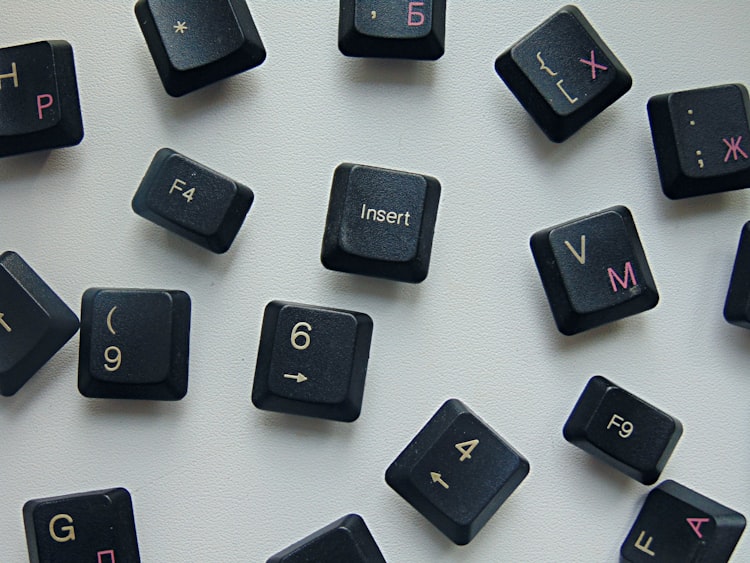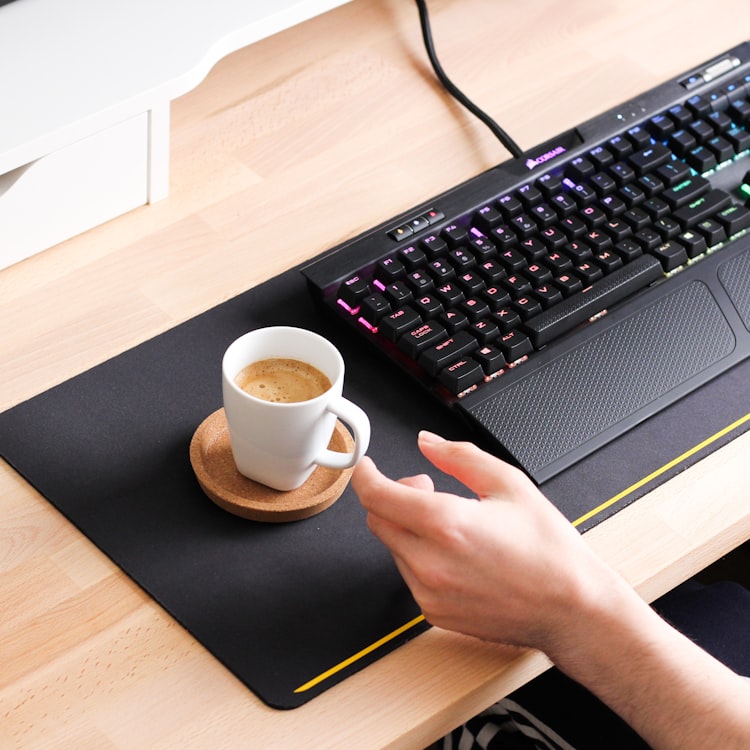Keys: Precision, Feedback
Let's talk keyboards for a moment. More particular, let's talk about two of the more popular forms of mechanical keyboards. MX Cherry Blue/Brown switches, and the venerable Buckling Spring. These are two classes of switch types that mechnical keyboard fans love. Others include Topre and Alps switches, but we can leave off on those for the purposes of this discussion.
Usually, there are a lot of things said about these keyboards, and they are usually put at odds against the normal membrane keyboards. One common feature to discuss is the relative key actuation force requirements. That is, how much force you end up exerting when you want to type a key. Gamers can appreciate a heavier keypress and a quieter keyboard so that they do not hit the keys accidently during intense games, and so that the keyboard sounds do not distract them during game play. Fans of Topre or Cherry MX switches will often cite low actuation force as one of the nice things about the keys, besides the overall crispness.
However, let's look at something that I do not hear mentioned very often. Indeed, it did not even really occur to me much before I read it mentioned in a keyboard switch guide.1 In particular, we can talk about the crispness and precision of a key. Due to the way that Buckling Spring switches work, the moment of keyboard actuation corresponds precisely to the sound of the key clicking. I find this really interesting. It means that as far as precision about key actuation, the buckling spring is very precise, if not the most precise among the key types. Whether that means anything to you is another matter, but it is something interesting to notice. I have a Cherry MX switch, a Topre Switch, and a Buckling spring switch keyboard. Without a doubt, though I had not thought about it in these terms before actually reading the guide, the buckling spring keyboard definitely has the most definable point of actuation. That is, the buckling spring keyboard is definitely the one that you most easily tell from audible and tactile means when the key has been actuated. I definitely believe that this is due to the fact that the key actuates at the same point when the most radical change in keyboard pressure happens, and at the same time when the most audible keyboard sound occurs: that is, actuation right when the internal spring buckles and makes the click
against the internal keyboard wall.
While this might not change your opinion on what keyboard is your favorite, it is an interesting tidbit of information to put into the discussion when you want to talk about the various keyboards and how they differ in feel. Moreover, this gives you a very clear, technical reason behind why the Buckling Spring switch is the crispest of all the keyboard styles.

